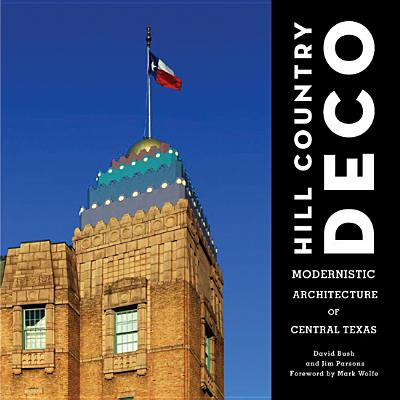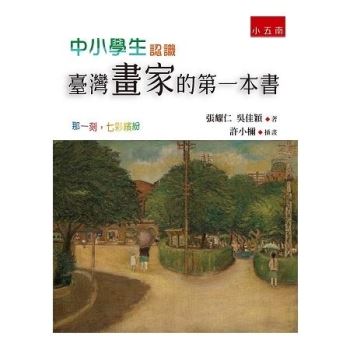In the early twentieth century, the Texas Hill Country-the geographic area wet of Austin and northwest of San Antonio-and Central Texas were aesthetically enhanced with an architectural style that was somewhat borrowed, mostly new. Architects used classical and exotic inspiration, from the Greeks and Romans to the Moors and Spanish, to create what became known as Art Deco.
Hill Country Deco illustrates the history and evolution of the Art Deco, Art Moderne, and WPA Deco styles in Central Texas. The sweeping curves of the Alameda Theater in San Antonio exhibit over-the-top Art Moderne styling. Austin's U.S. Court House incorporates the refined lines of Depression-era WPA Deco, and the San Antonio Express News Building exemplifies the classic style of what most people today call Art Deco.
The authors examine and record the artistic elements and economic purposes of each building in the book, offering insights into architectural preservation while providing an appreciative view of sometimes over-looked corners of Central Texas. Unsympathetic remodeling or neglect have left some buildings obscured and hardly recognizable, while others have had their Deco designs maintained or restored as a new appreciation of the style has emerged.
Hill Country deco explores how the rich history of these structures intersects with progressive notions of historic preservation. David Bush's and Jim Parsons' images clearly capture the lines and angles of Art Deco and document extant buildings or ones that were significantly altered from their original forms. Both authors are staff members with Greater Houston Preservation Alliance. Their knowledge of classic architectural style furthers the reader's understanding of Art Deco design and its influence, especially in the Hill Country.
| FindBook |
有 1 項符合
Hill Country Deco: Modernistic Architecture of Central Texas的圖書 |
 |
Hill Country Deco: Modernistic Architecture of Central Texas 作者:Bush,David/Parsons,Jim/Wolfe,Mark(FRW) 出版社:Texas A & M Univ Pr 出版日期:2010-09-22 語言:英文 規格:精裝 / 194頁 / 2.5*26*26 cm / 普級 / 單色印刷 |
| 圖書館借閱 |
| 國家圖書館 | 全國圖書書目資訊網 | 國立公共資訊圖書館 | 電子書服務平台 | MetaCat 跨館整合查詢 |
| 臺北市立圖書館 | 新北市立圖書館 | 基隆市公共圖書館 | 桃園市立圖書館 | 新竹縣公共圖書館 |
| 苗栗縣立圖書館 | 臺中市立圖書館 | 彰化縣公共圖書館 | 南投縣文化局 | 雲林縣公共圖書館 |
| 嘉義縣圖書館 | 臺南市立圖書館 | 高雄市立圖書館 | 屏東縣公共圖書館 | 宜蘭縣公共圖書館 |
| 花蓮縣文化局 | 臺東縣文化處 |
|
|
圖書介紹 - 資料來源:博客來 評分:
圖書名稱:Hill Country Deco: Modernistic Architecture of Central Texas
|





![不花錢讀名校MBA[10周年全新增訂版] 不花錢讀名校MBA[10周年全新增訂版]](https://media.taaze.tw/showLargeImage.html?sc=11100973171)



